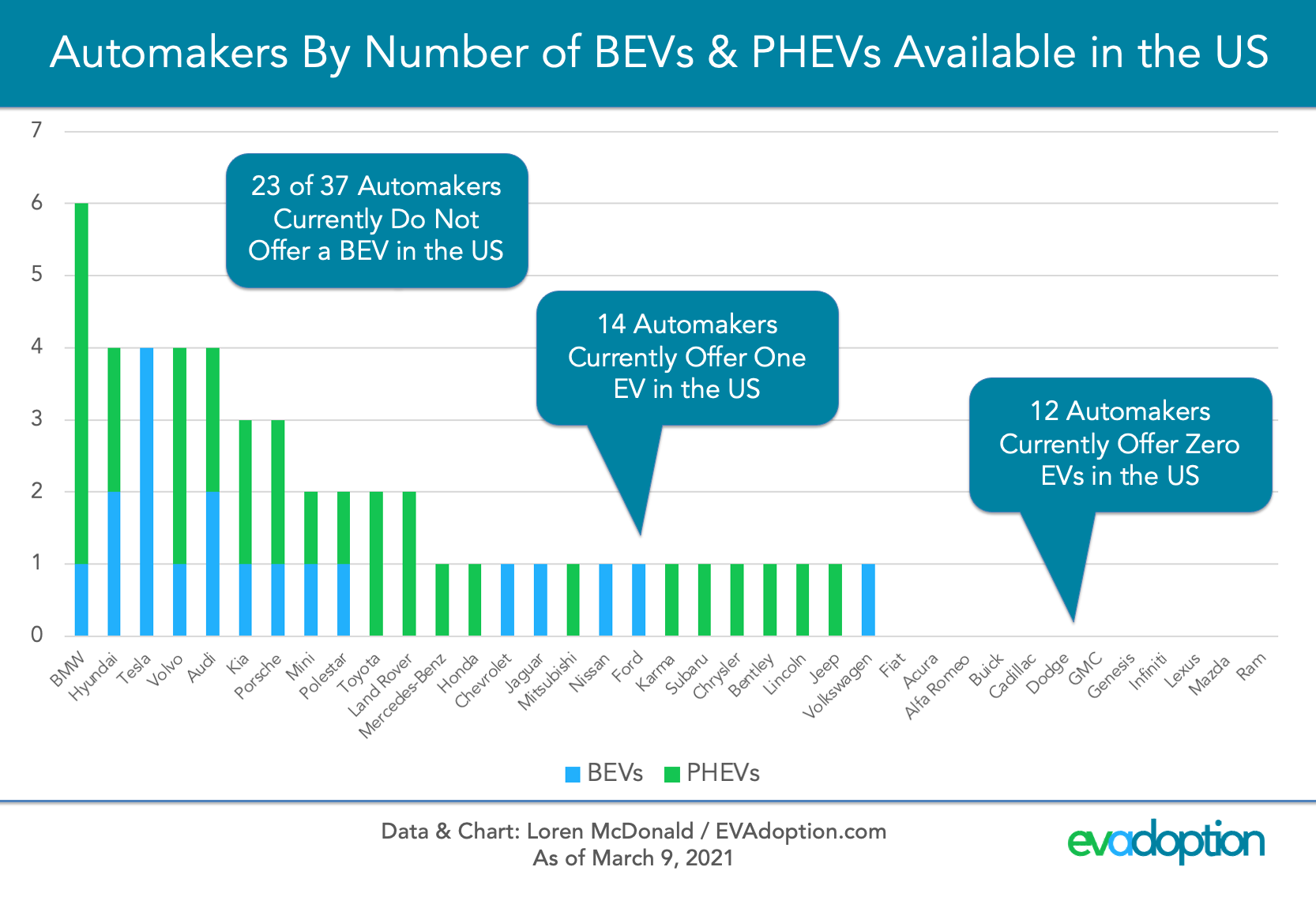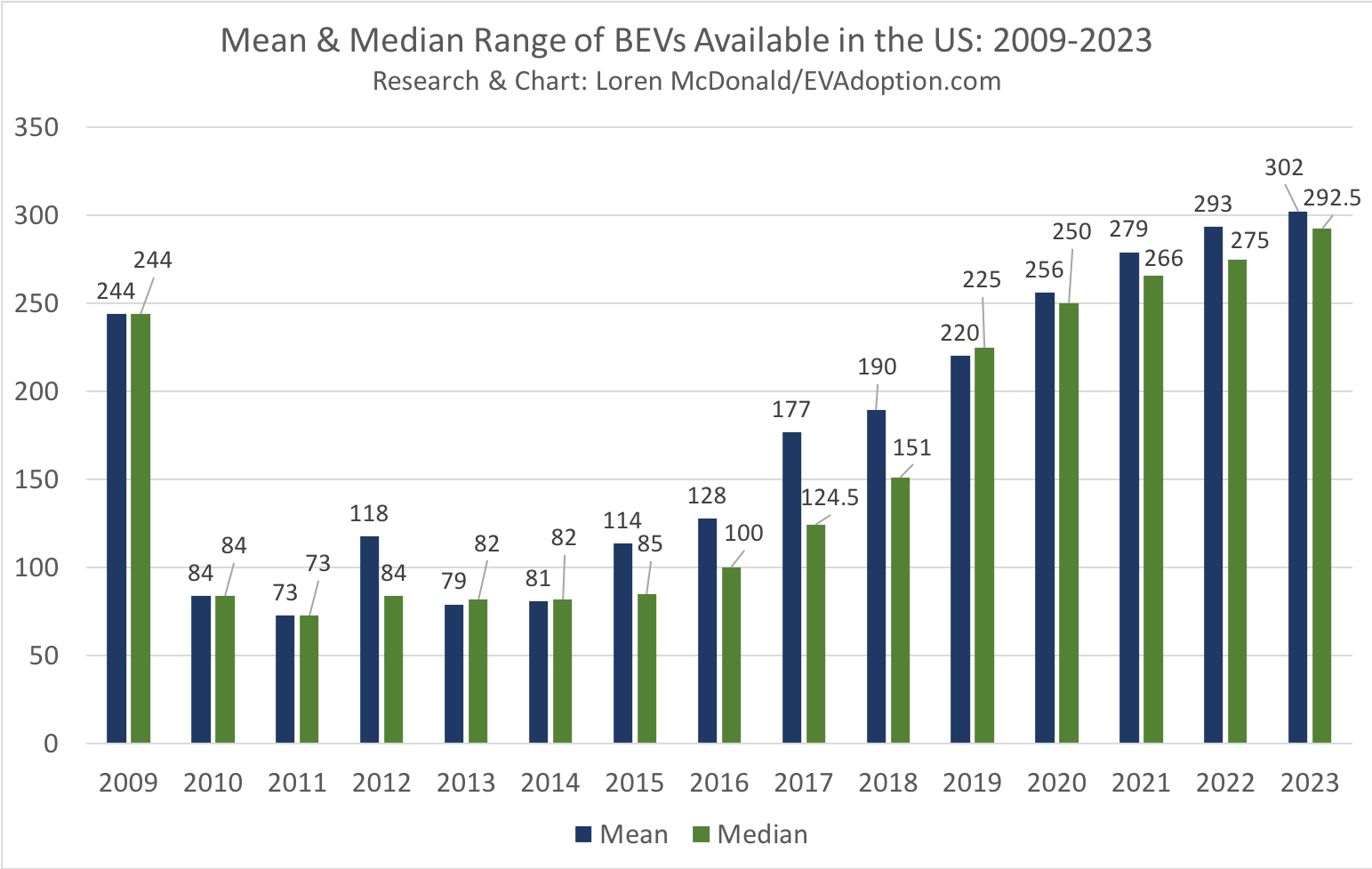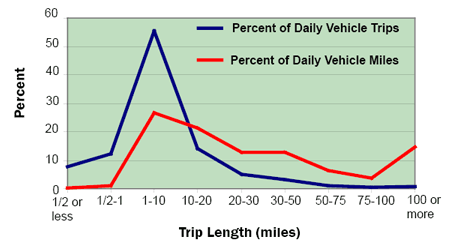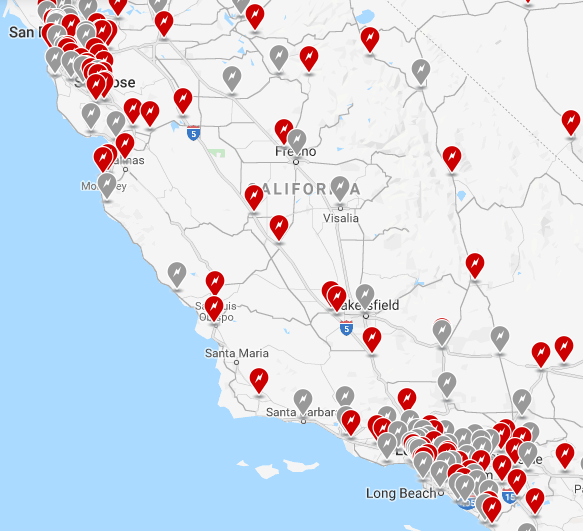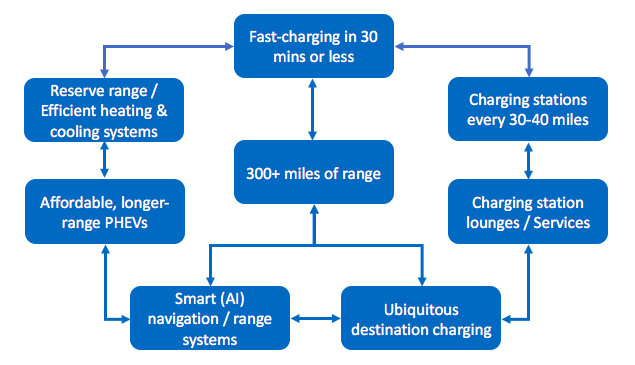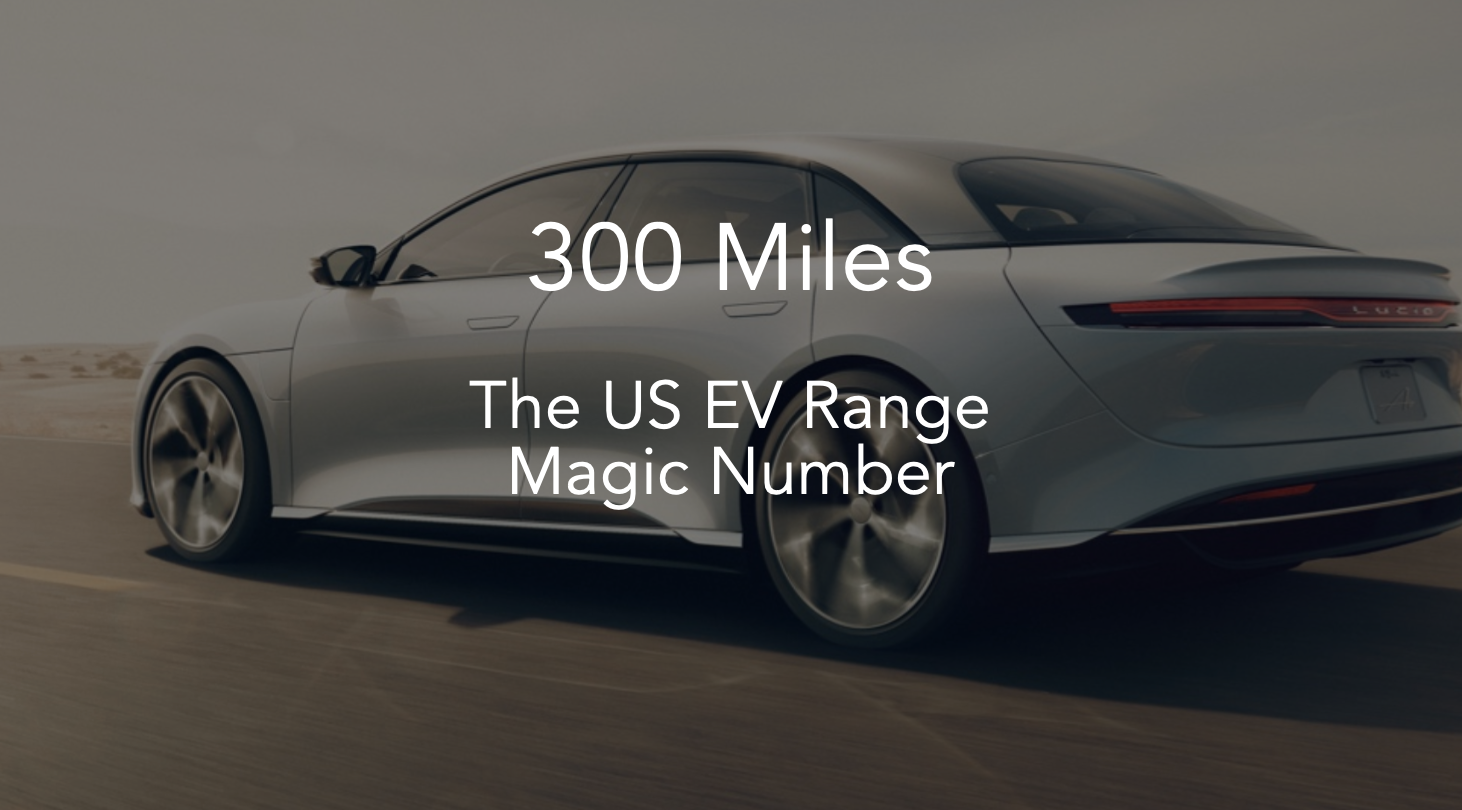
Why Do So Many US Drivers Want At Least 300 Miles of Range Before Considering the Purchase of an Electric Vehicle?
Why do so many US drivers want an EV to have 300 or more miles of range when 99.2% of daily trips in the US are less than 100 miles. And 80% are less than 10 miles. We explore 9 reasons US drivers desire 300 or more miles of range.

